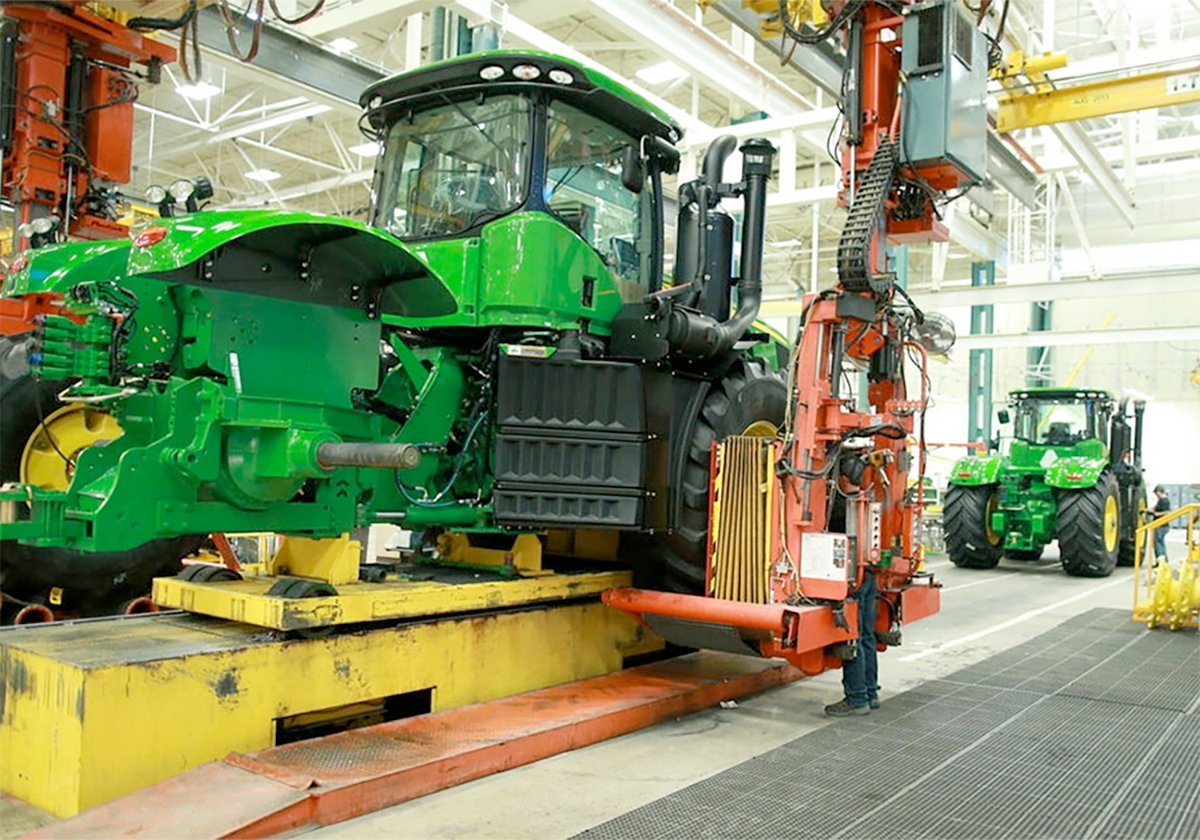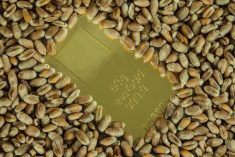There’s lots of chatter about the danger of an early frost hurting prairie crops because they’re so far behind where they should be, but the markets don’t seem very scared. Everything’s been falling.
Market commentators in the U.S. took note of the CWB’s assessment of the late prairie crops at its industry crop conditions and weather briefing last week, noting the danger of frost, but the bigger market shrugged it off.
The U.S. dollar suddenly surged and commodity prices slumped. Or was it the other way around? Anyhow, as the dollar surged and commodity prices fell, ag prices got dragged down too. Lots of ugly charts to look at for spring wheat, winter wheat, corn, soybeans at the U.S. exchanges. Looks a lot like a peak, but is it just a setback, a correction before the next leg up? Winter wheat looks like it’s gotten into the territory of forming the right shoulder of a head and shoulders formation, which is a reversal sign and suggests the way from here is down if it forms. But there are always other ways to interpret the charts . . .
Read Also

Trump’s trade policies take their toll on Canadian producers
U.S. trade policy as dictated by president Donald Trump is hurting Canadian farmers in a multitude of ways.
Some of the U.S. commentators last week seemed surprised by the lack of reaction in the crop markets to the CWB’s views on the dangers of frost. That would have a big affect on the world’s tradable supplies of spring wheat, canola, oats, etc. But it seems that right now the world wheat and other crop markets aren’t too worried about supply. Conditions in most other parts of the world are better than in North America, where things are looking spotty and uncertain, so that’s allaying some anxiety. And perhaps people just aren’t in the mood to worry about supply, regardless of super-tight soybean stocks right now (soybeans have hung-in the best during the recent crop price slump, but haven’t risen) and all these fears about the eastern corn belt and the northern plains and prairies.
There are times when tiny nuggets of bullish info will send a twitchy market roaring higher. Other times, like this, the market just doesn’t care. A broker I spoke to yesterday told me he doesn’t think the markets will start considering dangers of fall frost until some time in July. It’s a long way away, crops can recover amazingly fast and there are other things to think about.
Such as, methinks, the fact that it’s warm finally, barbeques are possible again, the garden needs to be weeded, summer holidays are coming, nice days for golfing have arrived, everything’s green and nice.
NO ONE WANTS TO THINK ABOUT FALL FROST.
That’s good for farmers, who shouldn’t have to farm with one eye on the calendar and usual first frost dates, as they grow the crop. Worrying about that is not good for a producer’s mental health. But it isn’t having that nice affect on prices that a little bit more fear might bring us. What we want is happy, relaxed farmers and scared traders. That’d be the best of both worlds.















